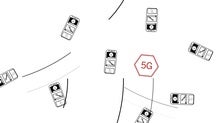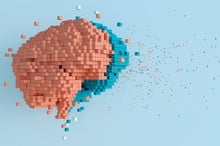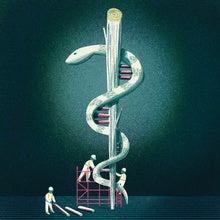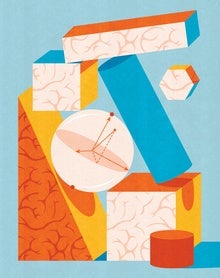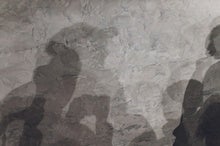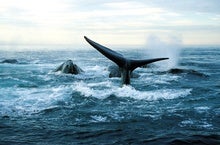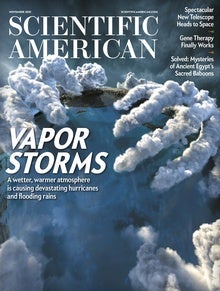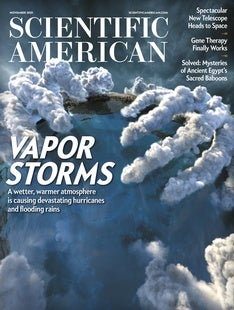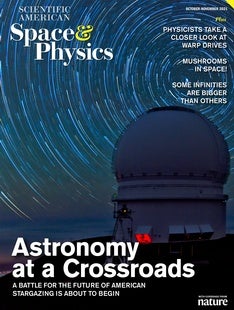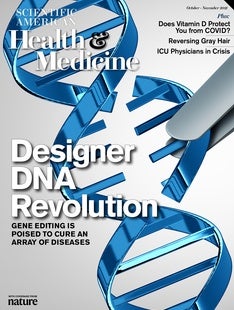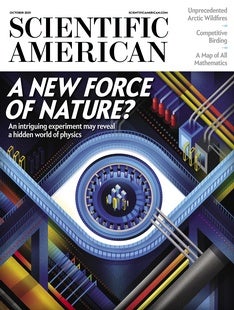 |
| October 19, 2021 |
Dear Reader,
As the COVID pandemic continues, and fire season rages on, we are more aware than ever of dangers lurking in the air we breathe. But consumer air quality monitors can help us assess the risk of both airborne viral particles and pollution. This week's lead story is about what these devices do, and how best to use them. |
| |
 |
| |
| Engineering What Is 5G? Here Is a Short Video Primer You see it mentioned in countless phone commercials, and your phone might use it. But do you know how it works? |  | By Michael Tabb,Jeffery DelViscio,Andrea Gawrylewski | | | |
| |
| Medicine Gene Therapy Is Coming of Age Various approaches are approved for treating blood cancers and a few rare disorders—they may soon become standard care | | | | |
| |
| |
| |
| |
| |
| |
FROM THE STORE
 | | | |
| QUOTE OF THE DAY
 "Instead of trying to rebuild the systems and structure of the internet, Professor Buchanan thinks we need to improve the way we use it to store and share data, or risk more mass outages in the future." Joe Tidy, BBC News | |
| |
FROM THE ARCHIVE
 | | | |
LATEST ISSUES
 |
| |
| Questions? Comments?  | |
| Download the Scientific American App |
| |
| |



